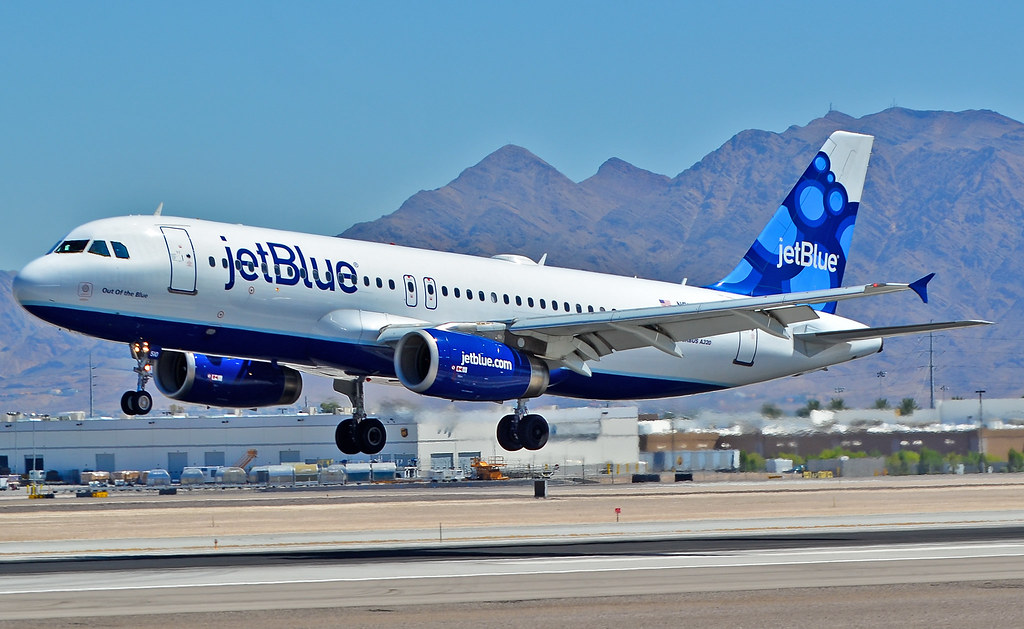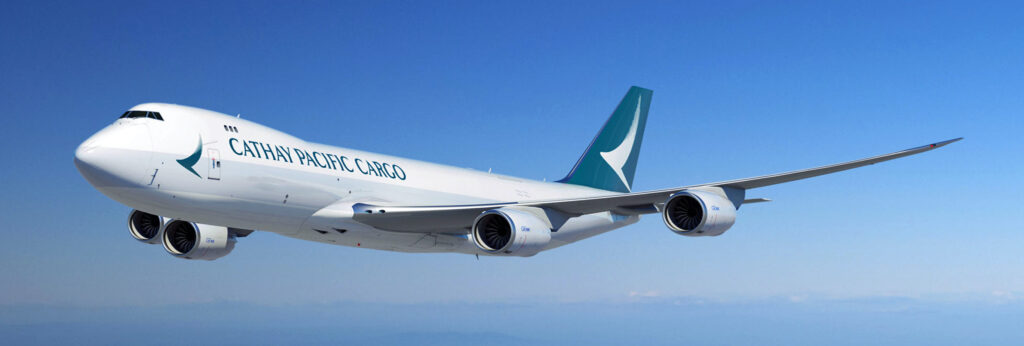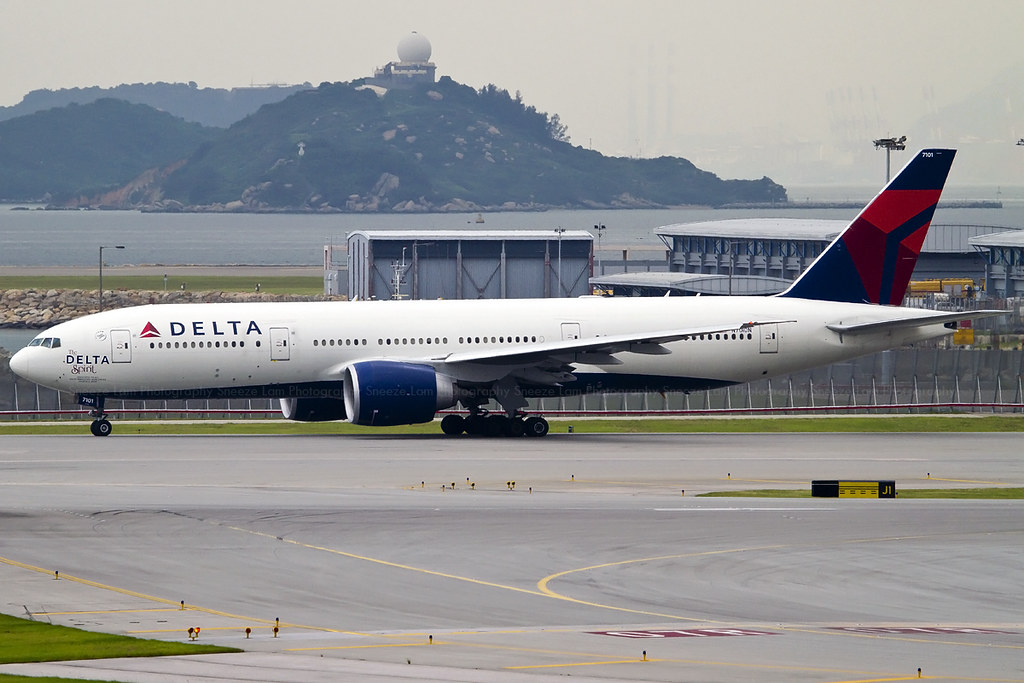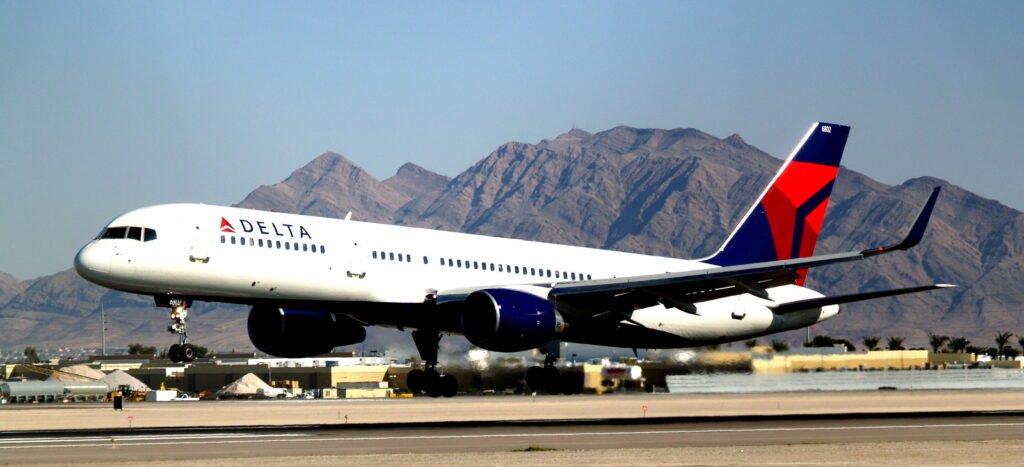JetBlue is First U.S. Airline to Achieve Carbon Neutrality for All Domestic Flying
JetBlue (Nasdaq: JBLU) today announced it has followed through on its commitment to go carbon neutral on all domestic flights. Earlier this year, JetBlue became the first major U.S. airline to commit to this critical and measurable…





